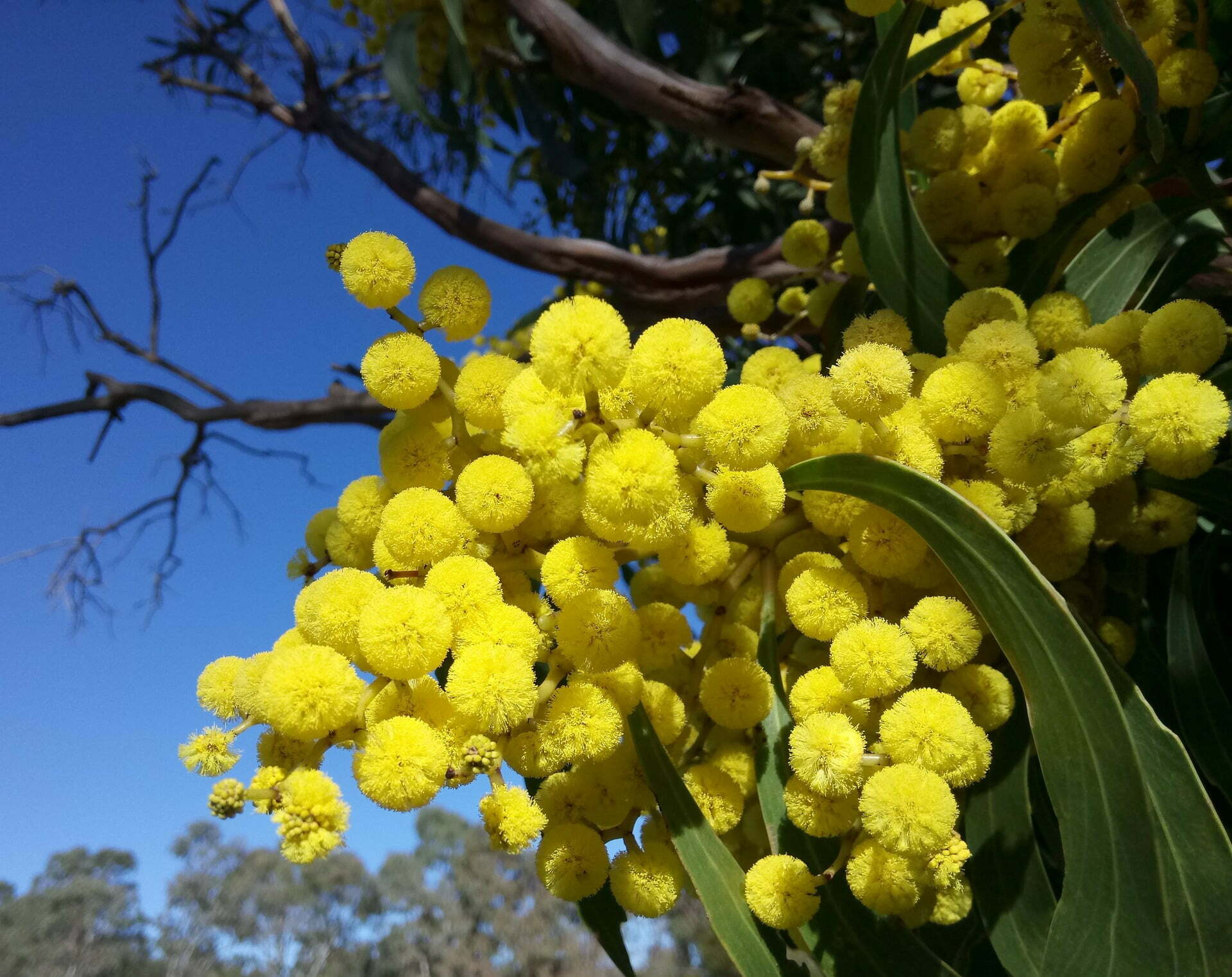Wattle seed, an ancient treasure of Australia, is a spice that brings a nutty, roasted flavour to the table. It has been used by Indigenous Australians for thousands of years and is now gaining global recognition for its unique taste and versatility.
What is Wattle Seed?
Wattle seeds come from the pods of various species of Acacia trees, native to Australia. These seeds are carefully harvested, roasted, and ground into a powder to create a spice that’s rich, earthy, and full of flavour.
There are over 1,000 species of wattle, but only a few, like Acacia victoriae and Acacia sophorae, are used as food.
Where is Wattle Seed Used?
Wattle seed’s versatility makes it a favourite in both traditional and modern cooking:
- Baking: Adds a nutty flavour to bread, muffins, and cakes.
- Desserts: Perfect in ice creams, puddings, and chocolates.
- Beverages: Used to flavour coffee, tea, or even beer.
- Savoury Dishes: Works well in marinades, stews, and sauces.
- Gluten-Free Flour Alternative: Ground wattle seed can be used in baking or as a thickener for soups.
What Does Wattle Seed Taste Like?
Wattle seed has a unique flavour profile that’s often described as a combination of coffee, chocolate, and hazelnut with hints of spice. Its subtle sweetness and roasted notes make it suitable for both sweet and savoury recipes.
Health Benefits of Wattle Seed
Wattle seed isn’t just delicious—it’s also packed with nutrients:
- Rich in Protein: An excellent plant-based protein source.
- Low Glycaemic Index: Helps maintain stable blood sugar levels.
- High in Fibre: Supports digestion and gut health.
- Contains Essential Minerals: Includes magnesium, zinc, and iron.
How to Use Wattle Seed in Cooking
- In Baking: Add ground wattle seed to bread or cake batter for a nutty twist.
- As a Rub: Use it as a spice rub for meats like lamb or kangaroo.
- In Desserts: Incorporate it into custards or sprinkle it over yoghurt.
- In Drinks: Stir it into hot chocolate or brew it like coffee for a caffeine-free alternative.
- In Soups and Stews: Use it as a thickener that also boosts flavour.
Cultural Significance of Wattle Seed
For Indigenous Australians, wattle seeds have been a vital food source for thousands of years. They were traditionally ground into flour to make damper (a type of bread) or cooked in stews. Wattle seeds also hold cultural and ceremonial importance, symbolising resilience and connection to the land.
Fun Facts About Wattle Seed
- Wattle is Australia’s national floral emblem, and Acacia pycnantha is featured on the Australian coat of arms.
- Wattle seeds can survive harsh climates, making them a sustainable food source.
- The seeds are naturally gluten-free, appealing to those with dietary restrictions.
- Wattle Day, celebrated on 1st September, honours the cultural and environmental significance of wattle plants.
How to Store Wattle Seed
Ground wattle seed should be stored in an airtight container in a cool, dark place to maintain its freshness and flavour. Whole seeds can last longer and should be roasted and ground as needed.
Final Thoughts
Wattle seed is more than just a spice—it’s a link to Australia’s rich Indigenous heritage and a versatile ingredient that deserves a spot in your pantry. Its unique flavour and health benefits make it a standout addition to a variety of dishes.
Whether you’re baking, brewing, or experimenting with new recipes, wattle seed is a culinary adventure waiting to happen. Why not give it a try and discover this Australian gem for yourself?

